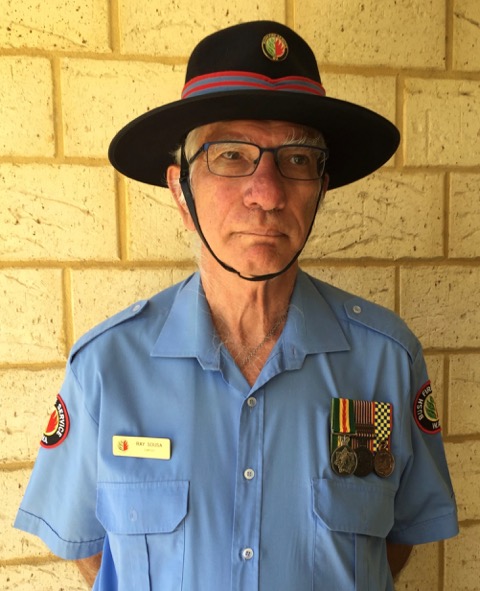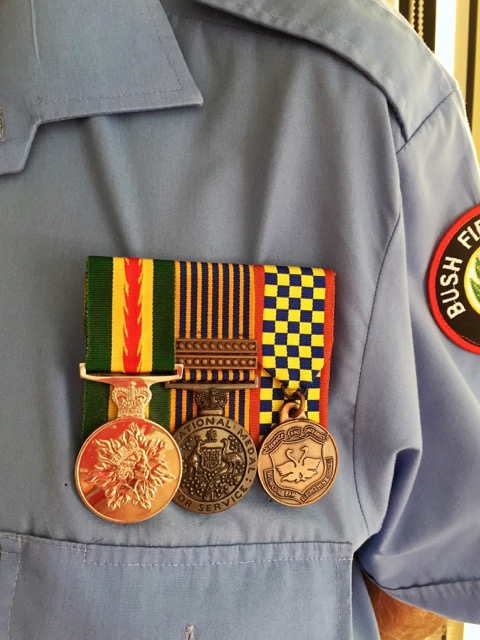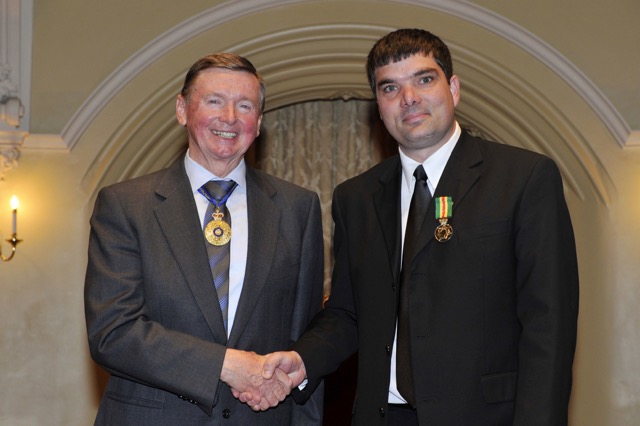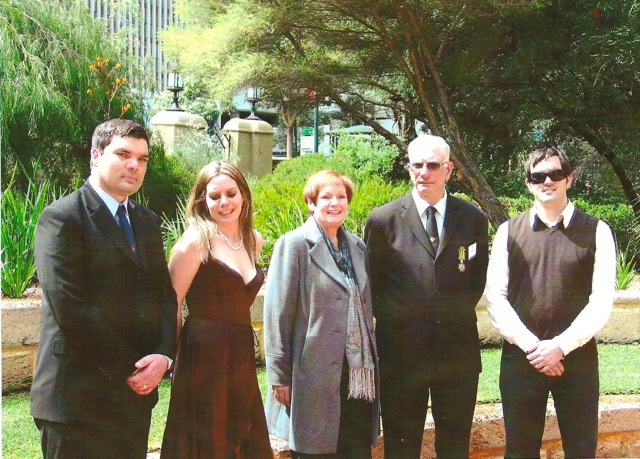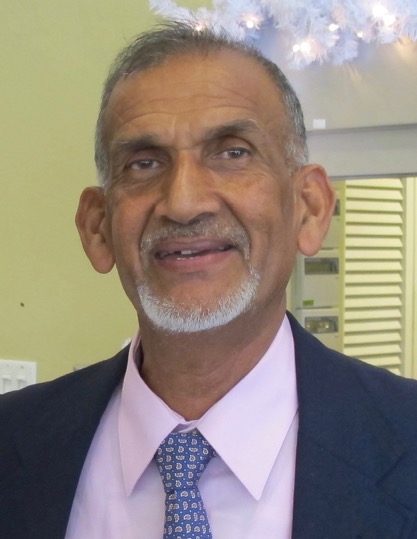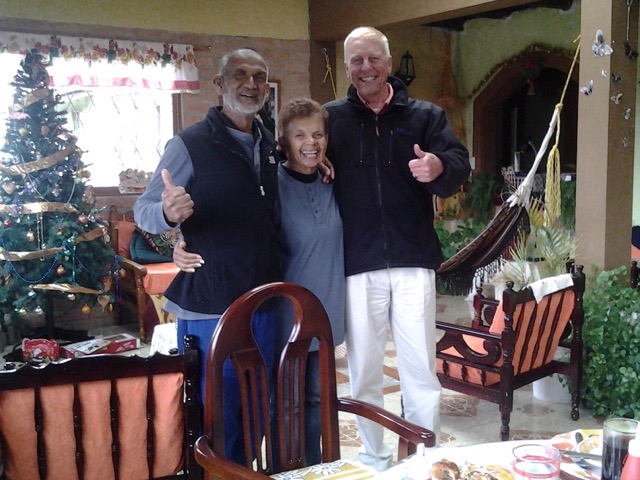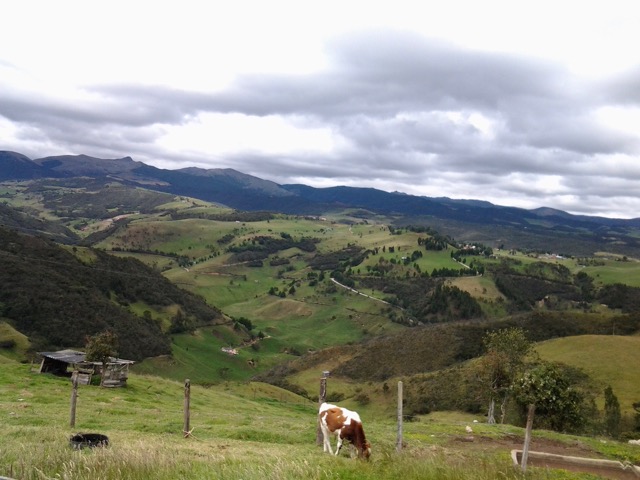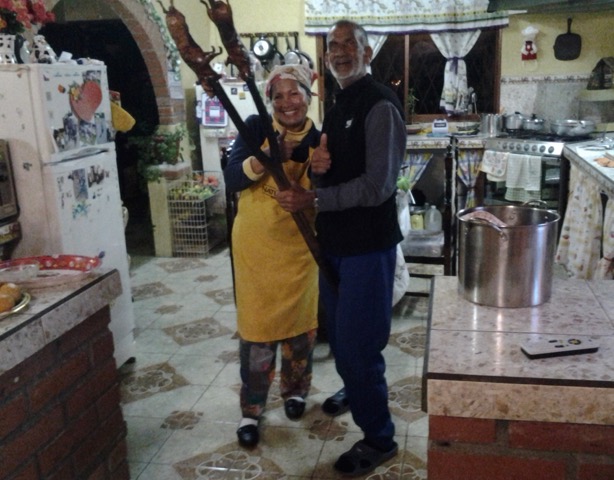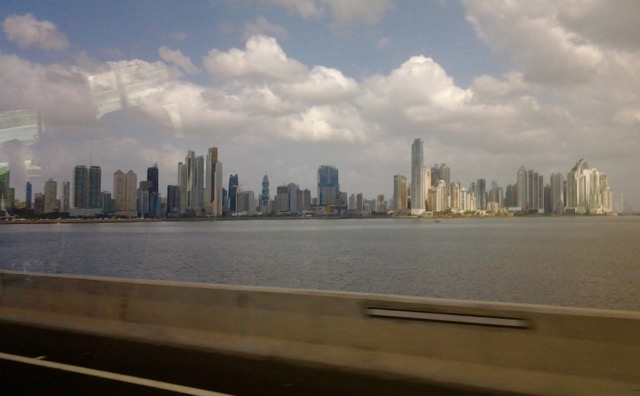A Lost Weekend
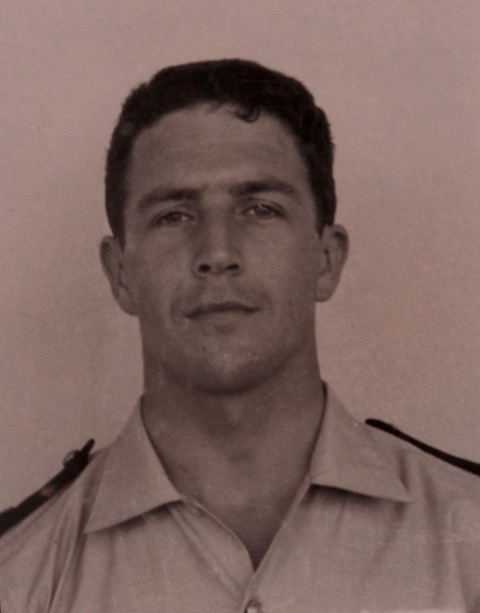
As the Editor is currently looking for tales of ‘derring do’ and the allocation to police officers of ‘gongs’ and such in days gone by, I have put together this little tale of a brief moment in my very early policing career which is supported with a clipping from my hometown newspaper. Of course, the individual police forces and the Home Office would always encourage the publication of such tales of bravery through their press offices to bolster recruitment, whereas today they are more interested in the more errant behaviour of the modern force. Also related to your interest and what in fact, stirred my memory, was the piece by George Rose of his days in Brum and his reference to the method of ‘pointing’, which served to keep us on a particular route and time schedule (difficult to deviate from your beat and visit a friend, but not impossible!)
Homeward Bound
At the very tender age of 22 years, I was far away from the place of my birth, my natural urban habitat of the city of Leicester and dutifully serving her Majesty the Queen over 100 miles away with the Metropolitan Police. As PC 556’L’, I had been allocated the mean streets of Clapham and Brixton in South West London to work my beat and earn a living. It was of the period when the SS Windrush was serving to bring in many optimistic immigrants from the West Indies who were optimistic of finding their fortunes on the footpaths of London, of which they had been reliably informed were paved with gold. My salary then, as a probationary constable in the Met. was about 2 pounds per week - less tax!
On a Friday mid-afternoon in March 1963, I was at Stockwell tube station, near to Brixton, ensconced in a ‘tardis’ police box, ‘making a point’ to my office and hiding from the hubbub of London’s traffic whilst wishing away the next couple of hours in order that I might manage to finish my shift promptly. I had previously arranged to have two hours time-off and that evening I had planned to be travelling North up the newly constructed M1 motorway (Tring was as far as it went then) in my 1939 Hillman Minx, in order to spend a few days in Leicester celebrating my 23rd birthday with my parents and old friends left behind.
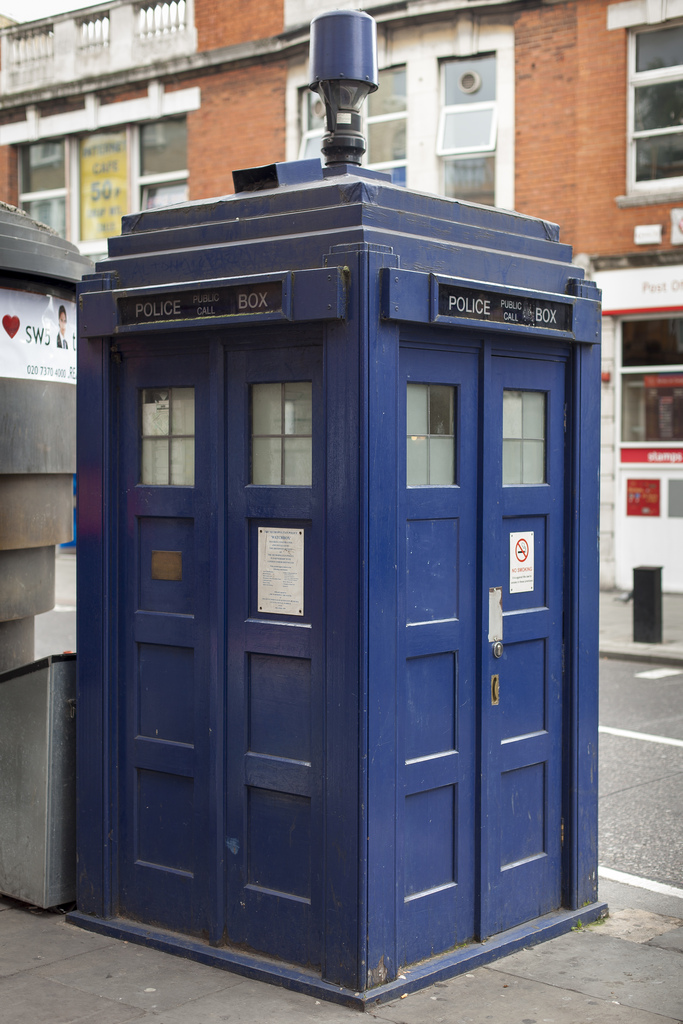
Wikipedia has an excellent article on the description and history of the ubiquitous police boxes which can be found at (https://en.wikipedia.org/wiki/Police_box). As an ever-welcome respite from the worst of the weather - if we could get there in time - these little boxes provided many other useful functions for the lonely and cold constable who in those days, truly did walk and walk and walk. A direct telephone link to the local police station was available from the outside for public use and if my station wished to make contact with me, the white light on the roof would flash. But lingering - maybe even malingering - inside the tiny little blue box that Friday afternoon and thinking pleasant thoughts, I made myself comfortable as I just wanted to hide away.
Bang, bang, bang! The cream coloured door right next to my little bench rattled loudly and fully expecting the plywood door to come crashing in on me, I jumped and the cigarette I was rolling fell to the floor. From outside I heard the excited voice of a female shouting, “Constable, constable, is there anyone in there?” On opening the door I was confronted with an extremely distressed lady, a woman I knew from a nearby second-hand shop, garbling something about a man who had just been in her shop and threatened her husband. She told me, as best as I could understand her, that this man had accused them of ‘diddling’ him over a deal and that he had returned, holding a bomb of some sort and threatening to blow the shop up with them in it. I went out onto the pavement with her, just opposite the entrance to Stockwell tube station where quite a few people were about and becoming interested. As we trudged off together towards her shop, I did my best to placate her until all of a sudden she stopped in her tracks, starting first to shake physically and then excitedly gesticulating towards the road ahead of us, she purposefully indicated to me the presence of the slightly stooping figure of a youngish man who was walking on the opposite side of the road, staring hard at the pavement. As he shuffled along, seemingly oblivious to my uniformed presence, I noted that his right hand was pressed deep into his coat pocket which somehow gave me the impression that he was tightly clutching an object of some sort. My informant, by now hiding behind me and gripping my tunic tightly, hoarsely whispered to me, “That’s him!” and then ran into a nearby shop.
Not for a long time had my brain ‘sprung’ into action as it did at that moment, when I realised, not for the first time, that all those hours spent in training at the Hendon Police College had not really provided me with an plan of action for a moment such as this. Walkie-talkies or personal radios were still a thing of the future and I don’t think I even had my trusty lump of wood with me at the time. To get to the police phone on my Tardis across the busy road was an option to summon assistance I surmised, but what might my target be carrying and what nonsense might he decide to get up to? With him getting ever closer to the entrance of the very busy underground station, I imagined him mingling very soon with a large crowd of commuters and well - who knows? (Many years later, Brazilian, Jean Charles de Menenez, suspected as a terrorist would be chased down those long stairways at this very same underground station and tragically die from 7 bullets of a police revolver). I needed to do something - and pretty quickly.
Crossing the road, I approached him from behind as silently as I could and without saying a word, I desperately and with very little finesse, grabbed both of his elbows and swung him round in the process of which we both fell to the pavement from where I immediately saw in his clenched fist, what I recognised as a hand-grenade or Mills Bomb.
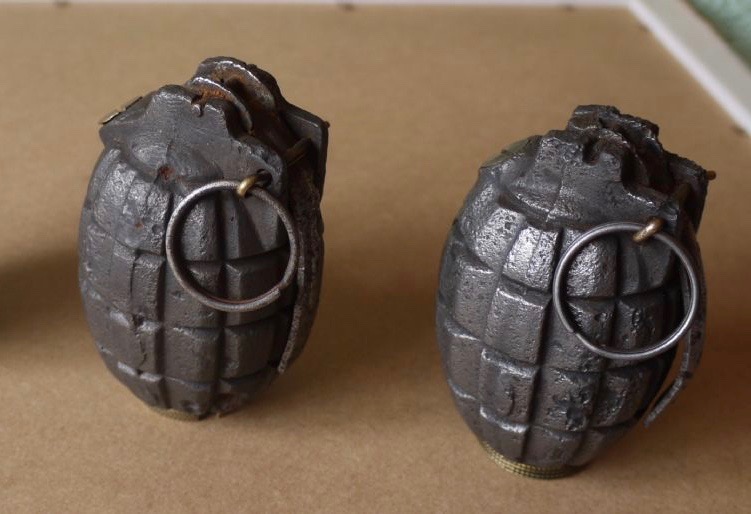
When I saw that his knuckles were very white from his tight grip on the device, it was clear to me that he did not intend to release it there and then and the beat of my heart rapidly increased. For those who are not familiar which such devices, there is a lever which runs along the side of a Mills bomb, which if released, (if the safety pin is not inserted), triggers the mechanism - first there is a slight delay, then Bam!
Fast forward and somehow I don’t really recall the details, but I do remember there was an awful amount of struggling and rolling around as the people of Stockwell stared on. Arriving with my prisoner at the door of my ‘tardis’ and struggling with a free hand, I fished out my key and managed to unlock the door and to entrap him within. By now, shaking like a leaf and with legs like jelly, I was at least in the confines of my little room and as I pressed him into the corner I realised that it was now me who had the white knuckles and more importantly, the infernal device was clutched tightly in my own left hand. Somehow and with no previous military experience, I just knew that I had to keep that lever down. My ‘Black Maria’, with back-up, arrived safely through the gathering crowd and relieved me of my prisoner, but not of the pear-shaped chunk of metal in my hand which I carried all the way back to the police station at Clapham where I was met by an old sergeant who waved me over to a secluded corner. Jim was an old ex-soldier who had served in the Ordnance Corps of the British Army and on his instructions I gingerly raised my hand and watched as, with the care of a surgeon, he carefully rolled the grenade away from my hand to his; he gauged the weight and then carefully examined it with the softest of hands like it was a small bird he was dealing with. Clutching the side spring - as the retaining pin was indeed missing - he carefully unscrewed a small cap on the bottom…
…“BANG”, shouted Jim in his loudest voice and then, seeing the look on my face, apparently decided not to laugh as he quickly assured me, “Its OK John, its empty!” and letting the side-clip fly upwards he explained to me how these small personal-use bombs were loaded prior to their use in anger and that this was probably a war souvenir! The b…..d, he probably suspected all along, even before he had seen it, that it was a dud. Just one of the many silly games the old timers used to play on us probationers.
My prisoner was duly detained over the weekend as his offence of ‘making threats to kill’ was considered serious enough, especially as the proprietor of the shop had collapsed in a heap when confronted by him. Sadly for me, the Magistrates courts in those days used to sit on on the next working day with the result that my special trip home was to be aborted, but there was one important bit of police work yet to be completed as I was sent off with instructions to write a detailed duty report as to the circumstances of my afternoon’s work. My Detective Inspector insisted that I “make it count” and to include in my version of events all of the fear and trepidation that I felt at the time, explaining further that “commendations are made that way Constable, and the ‘old beak’ loves to hear it in his court.”
I don’t recall now just how the case was concluded, but I do remember that it was another month before I got the chance to travel back home. I rarely did tell my mother the truth of some of the scrapes that we used to get into in the sixties, as I swear she would have prevented me from returning to the ‘wicked city’. Hey ho, but there were far worse things waiting to happen to me during the next 35 years and I should add, that in the September of that same year I would be settling down in the beautiful Islands of Bermuda where for the next six years I would become Police Constable 143 at St Georges, a married man and then the father of my first child. Happy days!
